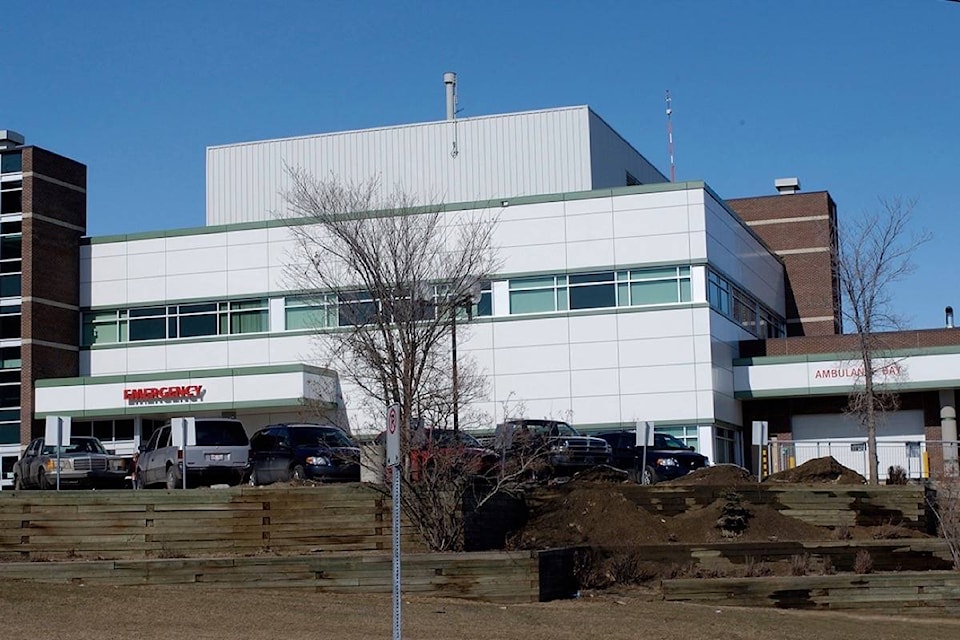Central Alberta patients are benefiting from a new state-of-the-art CT scanner at the Red Deer Regional Hospital Centre.
CT scanners are critical diagnostic tools that enhance the ability to screen for and more accurately diagnose medical conditions such as internal bleeding, lung disorders and cancer.
The new scanner, which went into operation last week, delivers high-quality images using the most current technology.
“We’re very excited about this,” said Leane Young, the hospital’s manager of diagnostic imaging. “This new scanner replaces one that was 12 years old and provides us with quicker scan times, more advanced imaging and a number of different features that we’ll be able to use.”
One of the features is an application that allows for enhanced image clarity in patients with metal prosthetics. Metal objects, such as orthopedic implants, can create dark streaks across images that can hinder visualization of medical conditions.
The enhanced image quality is another key benefit. The new CT is a 128-slice scanner, as opposed to the 64-slice machine it replaced. CT scanners take pictures of slices of the body, which are then stitched together electronically to reveal detailed images.
“The stellar detector on this new scanner is state of the art. It is the next generation of detector technology,” Young says.
“The level of detail we’re able to capture produces amazingly clear, crisp images for our radiologists to interpret.”
The hospital operates two CT scanners, completing an average of 2,000 scans per month.
Funding for the replacement project included $935,000 in equipment and $600,000 in renovations.
In addition to the CT scanner, the hospital is also replacing one of its two nuclear medicine cameras. These specialized cameras are used to detect small amounts of radioactive materials, known as radiotracers.
Radiotracers, which are typically injected into the bloodstream, travel through the area of body being examined and give off energy in the form of gamma rays. The gamma rays are detected by the specialized camera equipment and a computer to create images.
“The technology behind this equipment gives us the ability to combine nuclear medicine images with CT images, which allows for precise identification of any abnormality on the image,” says Young.
“The fusion capabilities function to localize abnormalities in the heart and bones, localize tumours and evaluate infection sites.”
Expected to take 10 weeks to complete, the $1.45-million nuclear medicine camera project includes new equipment, as well as the cost of renovations to accommodate the equipment and revitalize the imaging suite.
To help meet ongoing need for such procedures during the replacement project, diagnostic imaging is extending the hours of operation for nuclear medicine.
Equipment replacement projects ensure local residents can access consistent, high-quality diagnostic imaging services, says Shannon McCarthy, the hospital’s executive director.
“It is important that we keep up with changes in medical technology, and having this new equipment is a great benefit to patient care and the diagnostic imaging services offered to our patients,” she says.
Send your news tips
Like us on Facebook and follow us on Twitter
